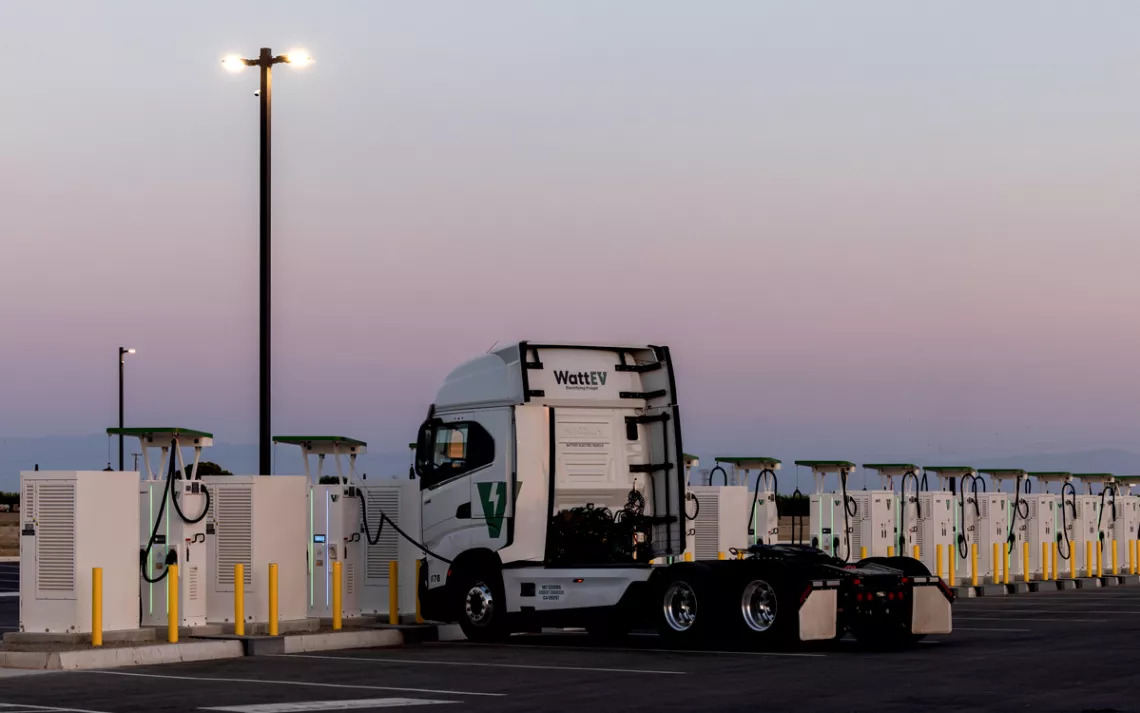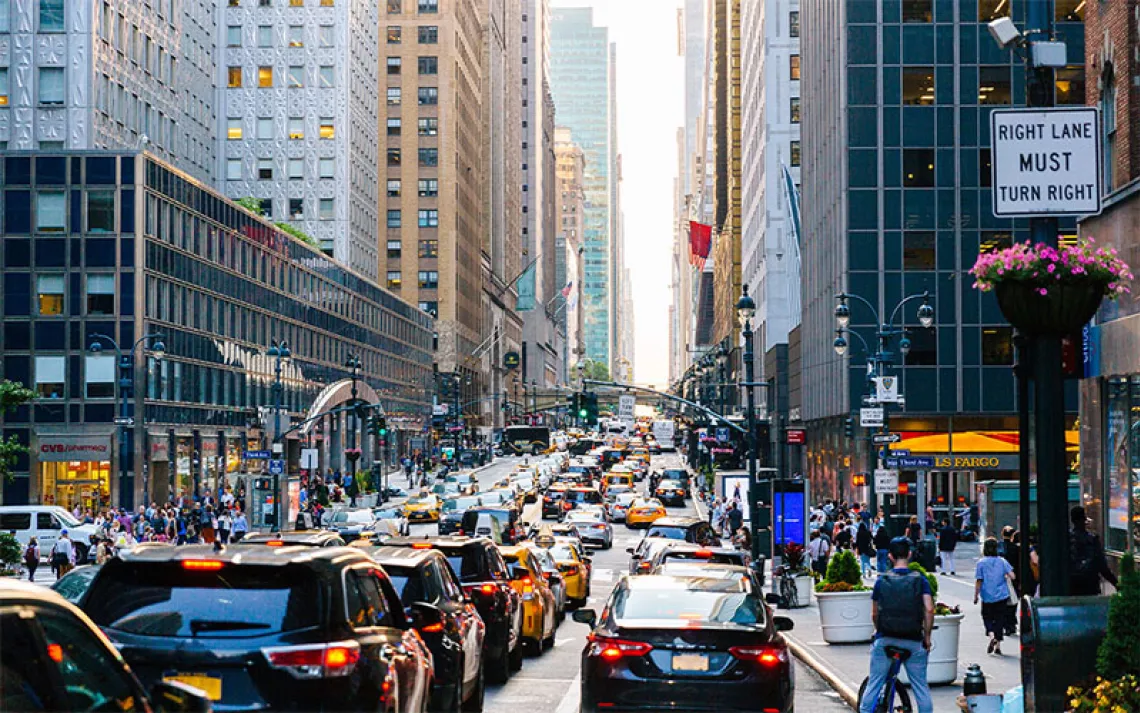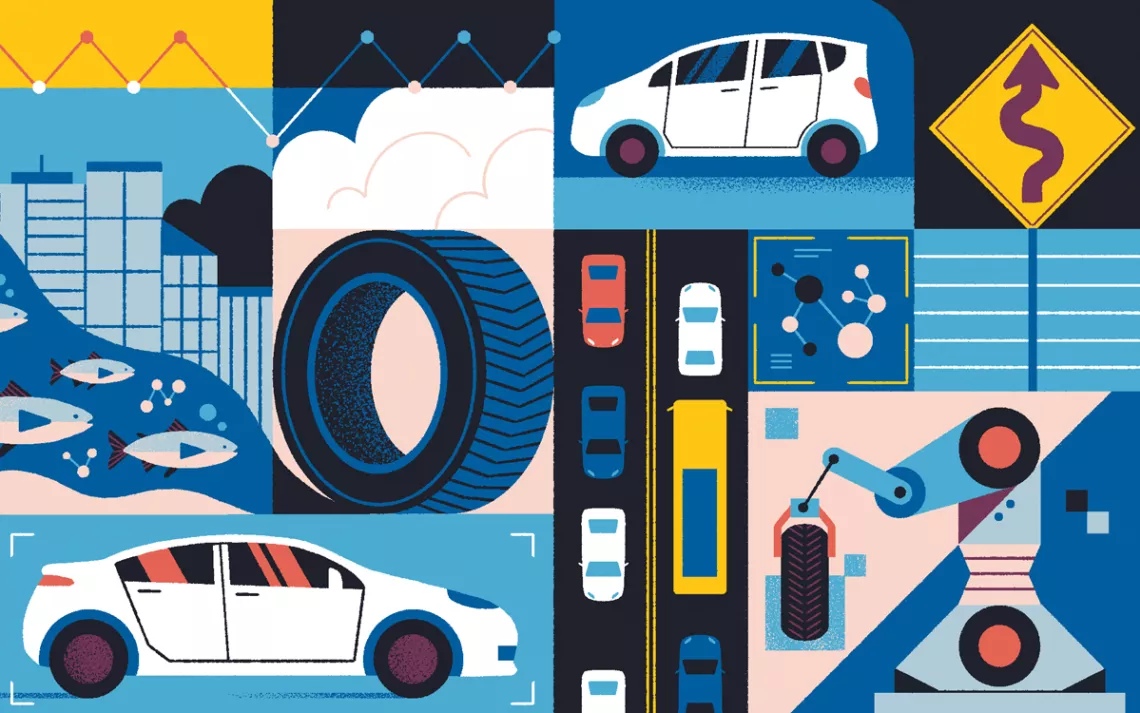Planes, Trains, and Self-Driving Automobiles
In Door to Door, Edward Humes takes us through the complex system of transportation in the United States
 One weekend in 2011, Los Angeles shut down a 10-mile stretch of Interstate 405 to add another lane. Before the shutdown, people predicted "Carmageddon." But to everyone's surprise, with the freeway closed, traffic improved. It was a wake-up call for the city.
One weekend in 2011, Los Angeles shut down a 10-mile stretch of Interstate 405 to add another lane. Before the shutdown, people predicted "Carmageddon." But to everyone's surprise, with the freeway closed, traffic improved. It was a wake-up call for the city.
As Edward Humes explains in Door to Door: The Magnificent, Maddening, Mysterious World of Transportation (Harper, 2016), the United States is at a crossroads. The car, Humes says, is only a small piece of a much larger, more complex system, one that—despite the efficacy of overnight delivery—is in danger of falling apart. Crumbling roads and bridges, as well as a lack of public transit options in many cities, threaten to slow down our commutes and delay all those packages.
Thankfully, we seem to be headed in the right direction. Many Americans, especially young adults, have embraced mobility over car culture. They want to be able to walk, bike, take public transportation, or summon an Uber or Lyft to get where they are going.
Apps that include routes and schedules have made traveling by bus and subway easier. And new technologies like self-driving cars might lead to greater efficiency. But, Humes demonstrates, the private sector can't create the transportation system we need all by itself; companies like UPS and Uber—not to mention the rest of us—rely on public roads and other infrastructure. The future is full of promise, but we need to start paying attention and plan for the system we want.
 The Magazine of The Sierra Club
The Magazine of The Sierra Club



